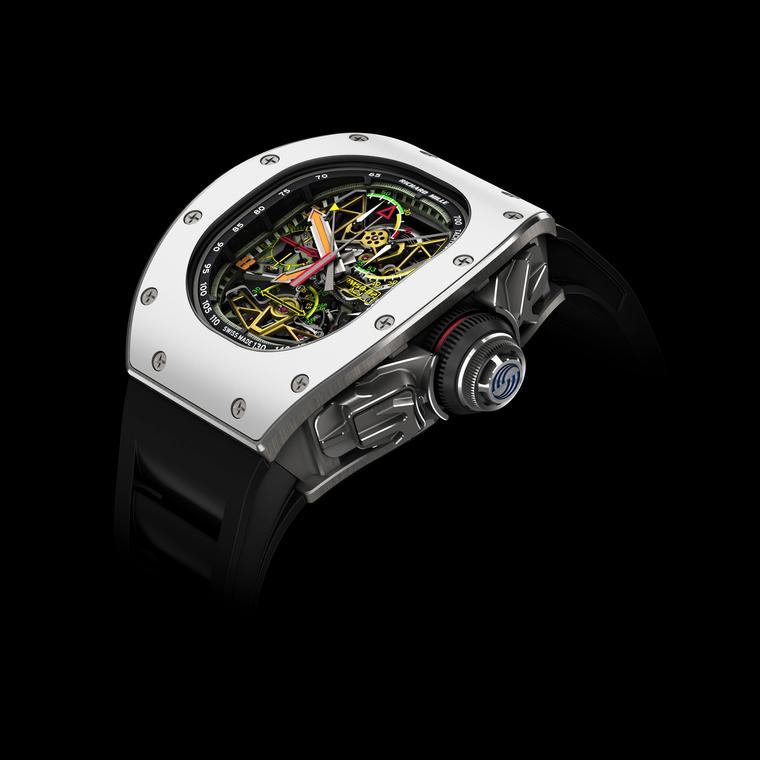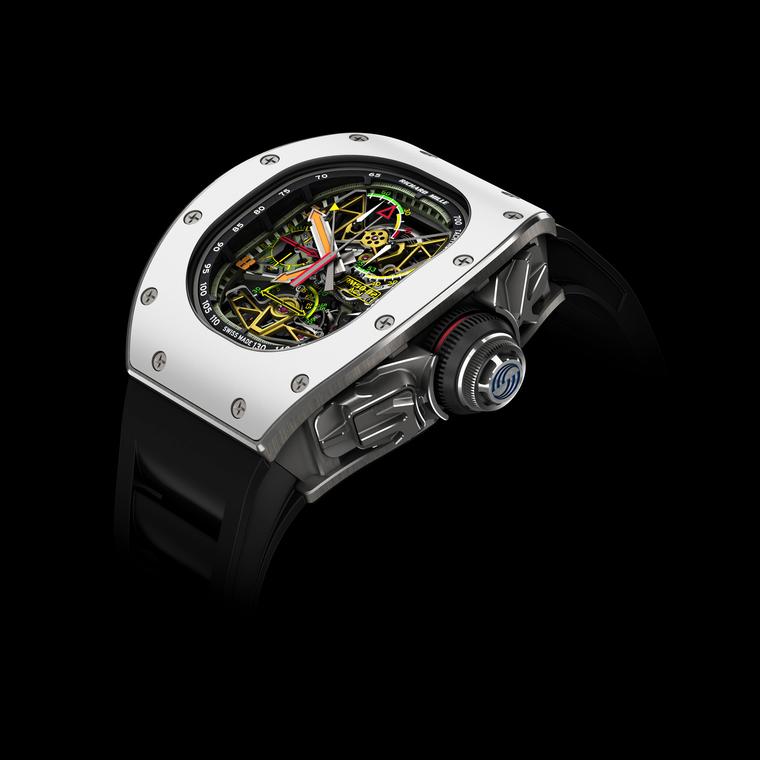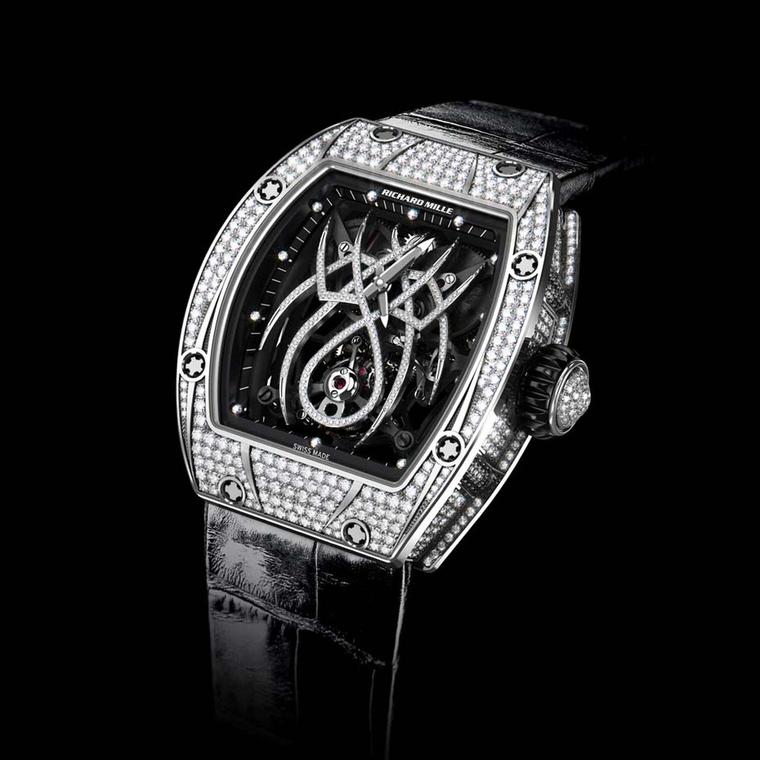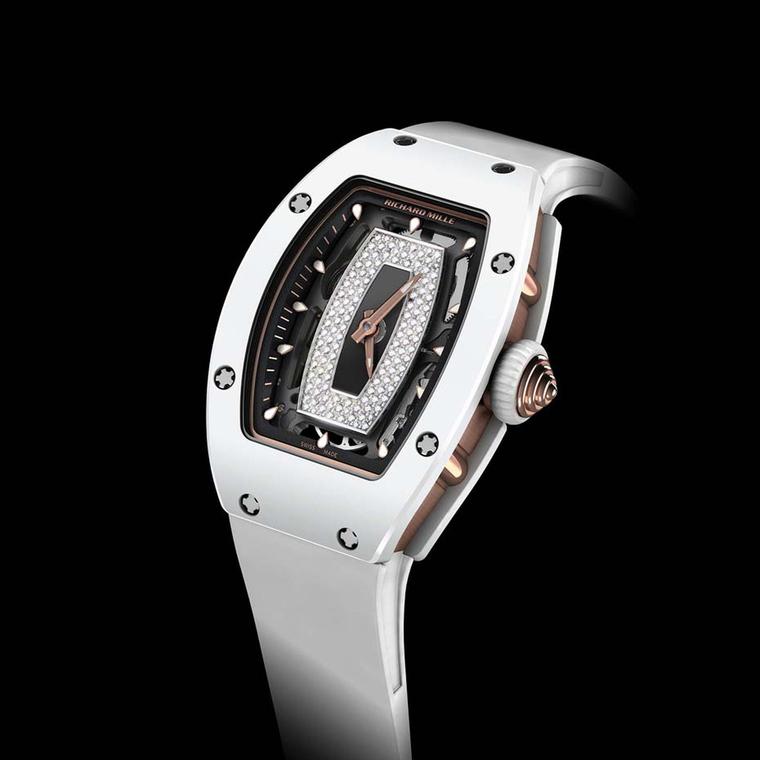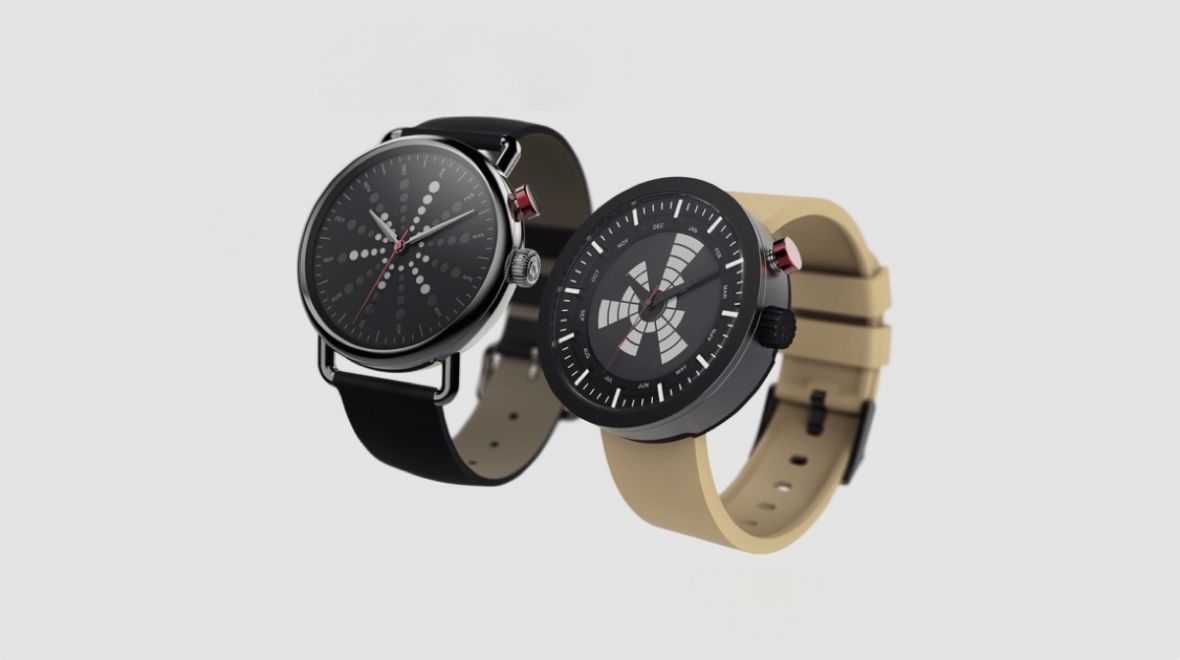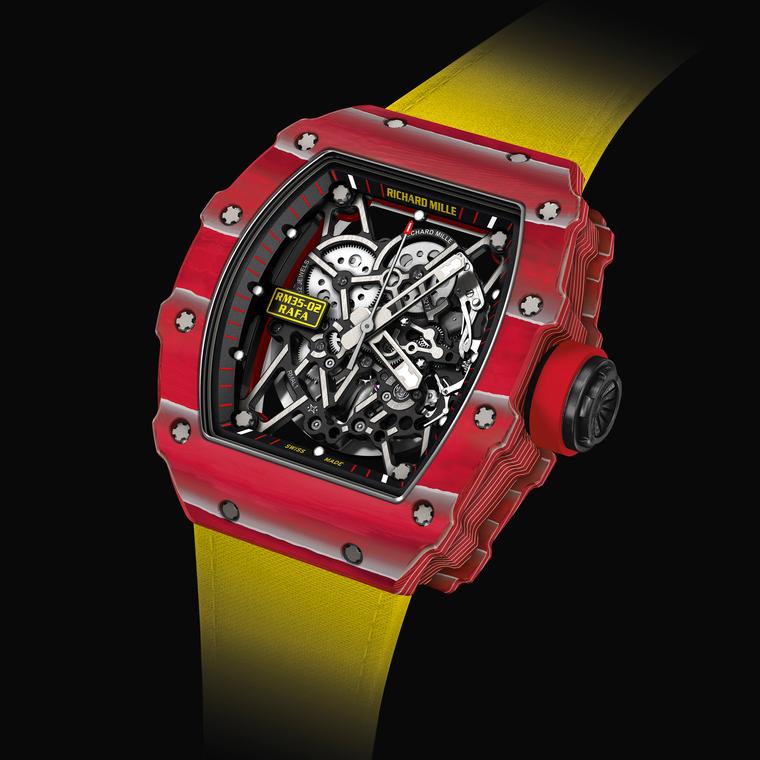
When Thomas Perkins, winner of the 2006 Richard Mille-sponsored Perini Navi Cup and previous owner of the Perini Navi yacht, the Maltese Falcon, announced on US television that he could have bought a tray of Rolex watches for the same price as a Richard Mille watch, it begged the question: why are Richard Mille watches so expensive?
Not long after, Richard Mille himself gave an interview on CNBC in America in which he was asked if he had sold all of the $2 million dollar sapphire crystal watches. “Yes!” he replied. “You have to understand these are very technical watches.” The reporter, bemused that any watch could justify a price tag that high, remained silent. But what did Mille mean by “very technical”? The answer, of course, is complex, and explains why people are willing to part with millions of dollars for a Richard Mille watch.
Making a case for the case of Richard Mille watches
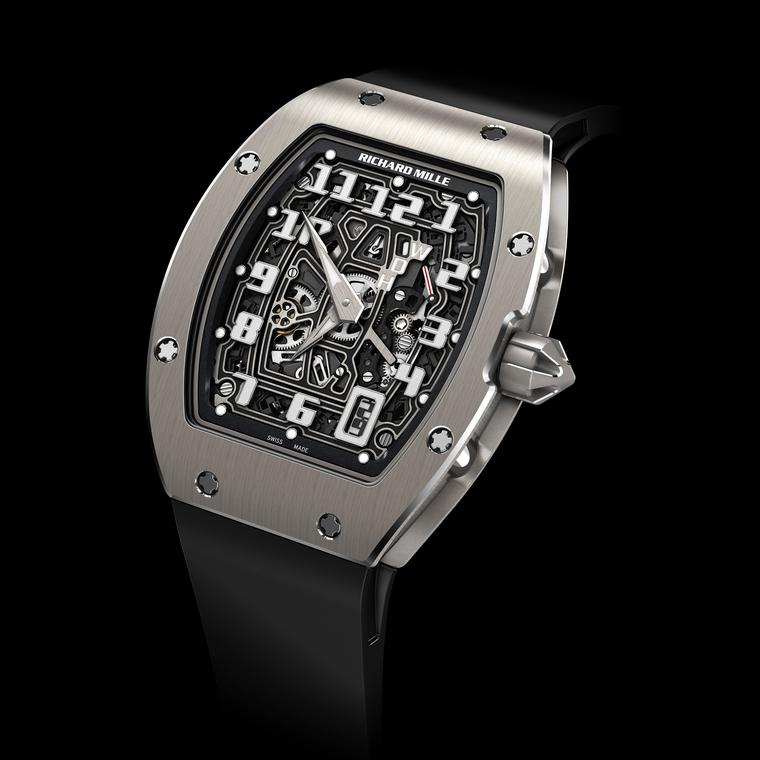
The first element to consider is the case, and here I am talking specifically about the tonneau-shaped (barrel) case with which Richard Mille established himself. From the outset, when there were only three metals used in case manufacture – white gold, red gold and titanium – there was almost no difference in the price between the same watch in each of the metals.
The sandwich-style Richard Mille watch case is one of the most expensive and difficult to manufacture. Comprised of three decks – front and back bezels, as well as the middle section – each component is curved. There are no flat surfaces to make machining easier and what’s more, the three curved surfaces have to fit together to within one hundredth of a millimetre to stop moisture or dust entering.
The use of avant-garde, high-tech materials
The second element is that Mille has started to use case and baseplate materials that are normally used in such realms as Formula 1 cars, aerospace and racing yachts. The materials used are leading-edge technology – even in the industries outside of watchmaking. Not only is the metal or material new in terms of composition, the ability to use them in watchmaking is unknown. Mille dedicates years – and invests millions of Swiss francs – to understanding the material and how to incorporate it in his watches.
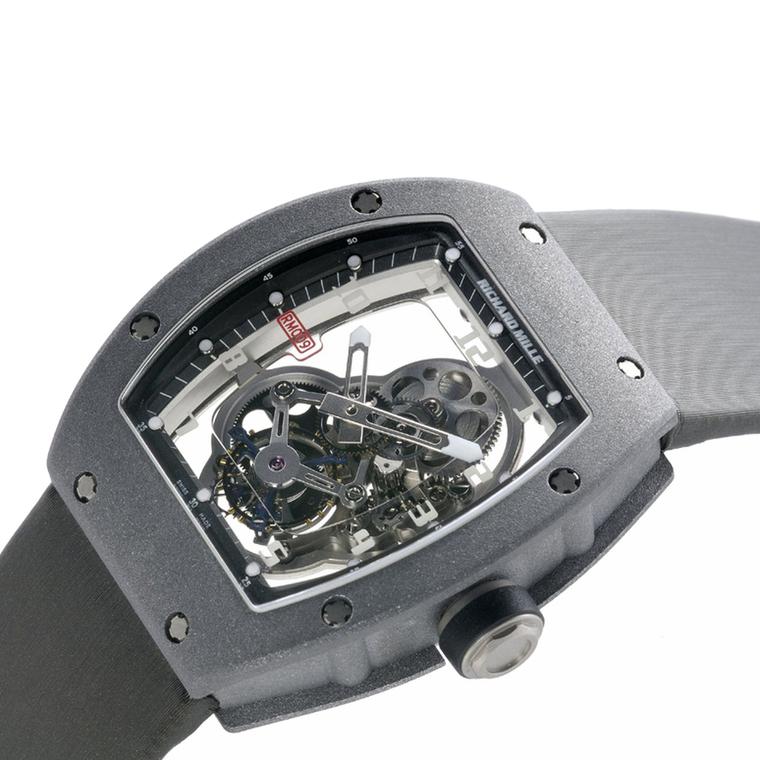
For the RM009 watch, right, Richard Mille wanted a metal or material that was as light as it was robust. ALUSIC was the chosen material that fitted the remit. A mixture of aluminum and silicium carbide particles, forged in a high-speed centrifugal furnace, it is a metal that should not rightly exist.
Developed for space satellites, it was – at the admission of the people making the metal as well as the people machining it – a nightmare to deal with. The ALUSIC material was so hard that machining it with the usual methods was impossible. In fact, the usual machining parts on the CNC machines were worn down by the ALUSIC metal. Although not a gram of precious metals or jewels were to be found in the case, it was the most expensive case ever produced.
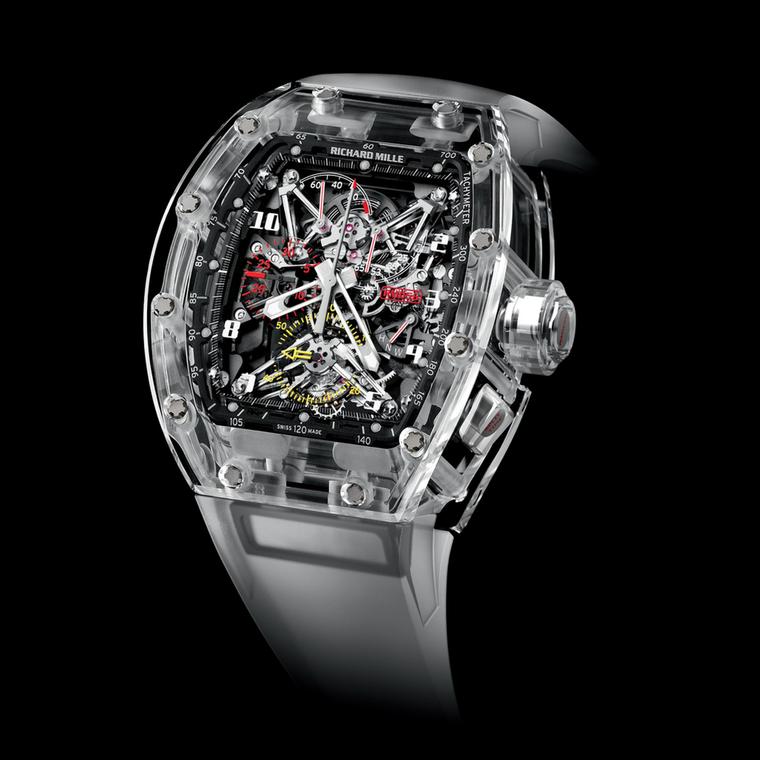
For the RM056 series, where the case is manufactured from sapphire crystal, Mille had to find new ways to polish crystal to the required dimensions of the tonneau case. Polishing flat surfaces is easy; but polishing complex curved surfaces presents a whole new set of problems. The method requires that the surfaces be polished using ultrasound in a pot of viscous diamond-particle filled mud, where the effects of polishing cannot be measured. The failure rate for such a process is high when the three parts of the case have to fit to within the same one hundredth of a millimeter tolerance.
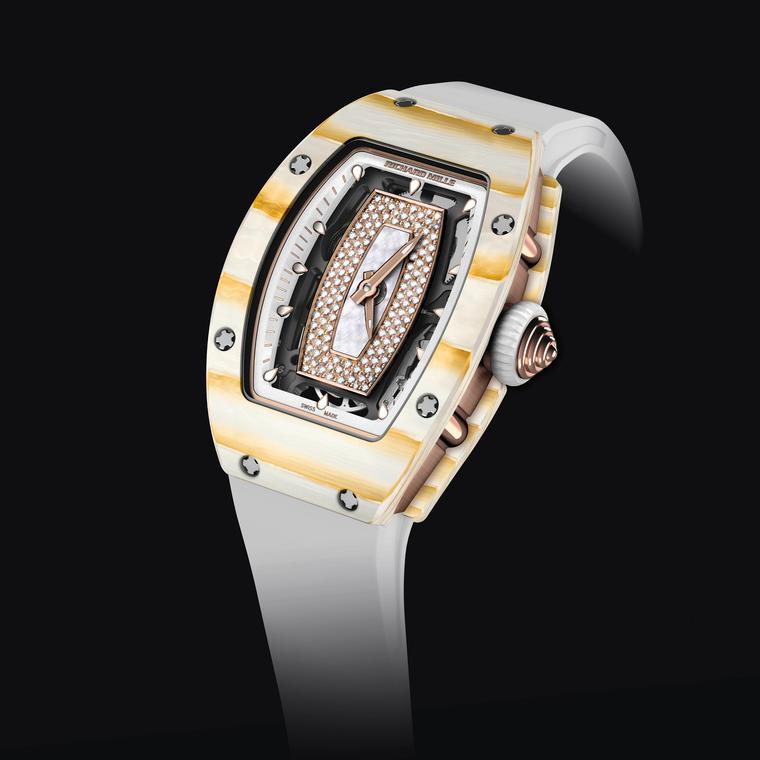
21st century movements
Apart from the cases, the movements inside are not standard, have usually required a comprehensive redesign and are coated in materials new to high-end watchmaking. Mille never did enter the classical world of Geneva stripes and perlage decorations – his watch movements are coated in PVD (Physical Vapor Deposition) or Titalyt. The movement parts are usually a hybrid of titanium with other materials that Mille’s dedicated team of watchmakers and micro engineers spend years perfecting.
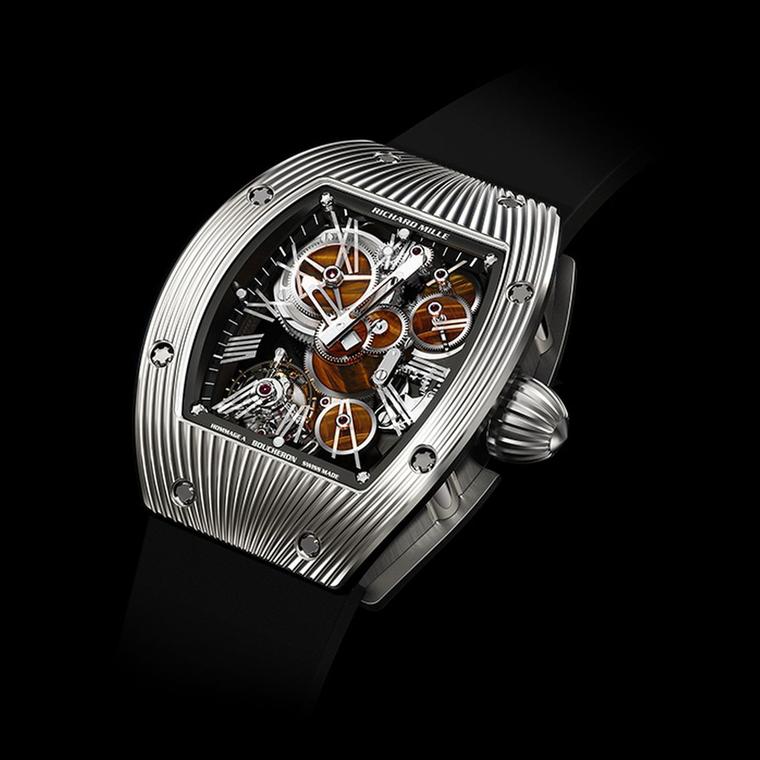
In one instance, for the RM018 Boucheron, the gear train was comprised of wheels created from semi-precious stone that had been placed within a heated brass surround before being fixed as the brass cooled. The research required for such innovation takes years, with dedicated teams of watchmakers and micro engineers.
Watches made like Formula 1 cars
This may not be the model of the lonely Swiss watchmaker, but then Mille never intended for it to be so. Richard Mille watches are more akin to Formula 1 cars: cutting-edge use of material science, combining hand finishing with exemplary mechanics and, by necessity, a highly limited production.
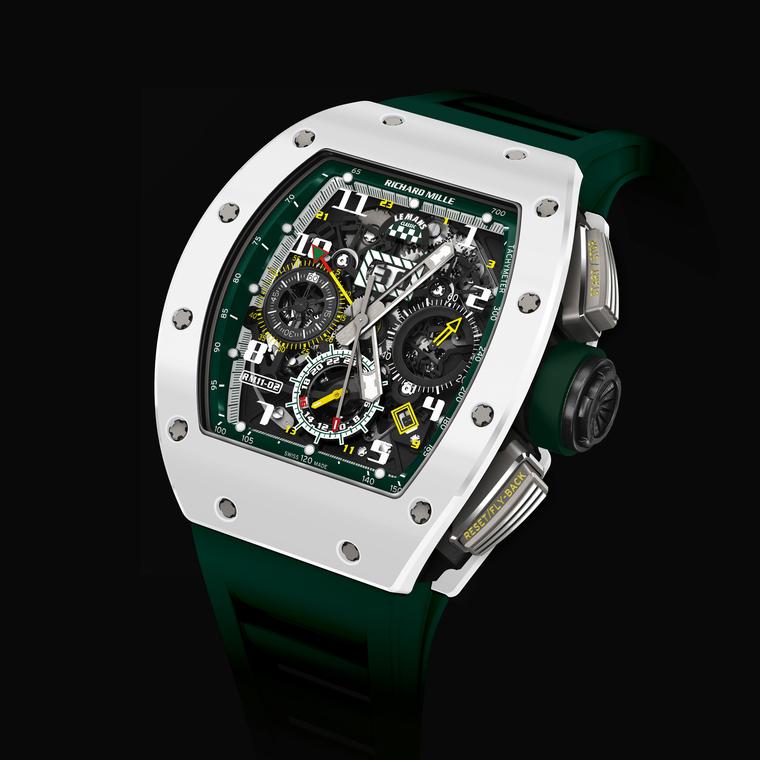
The comparison between a Formula 1 car and a Richard Mille watch is what justifies the price tag. Richard watches are the most expensive racing machines for the wrist. Just like a Formula 1 car, they are far more than the sum of their parts, elevating timekeeping to the highest form of technical art.
By Andrew Hildreth
SOURCE:http://www.thejewelleryeditor.com/watches/article/why-are-richard-mille-watches-expensive/
